1. Great Smoky Mountains National Park

The Great Smoky Mountains National Park is often regarded as one of the most visited parks in the United States, drawing millions of tourists each year. Unfortunately, with the high volume of visitors, the park has faced significant issues related to pollution and trash, according to Leisure Group Travel. The popularity of this park, especially its easily accessible trails, has led to increased littering, especially along roadsides, scenic overlooks, and popular trailheads. In fact, a park ranger shared that certain high-traffic areas frequently need clean-up operations due to the overwhelming amount of discarded items, from food wrappers to plastic bottles, which not only tarnish the park’s natural beauty but can harm wildlife as well.
Despite the ongoing efforts by park rangers and volunteers to maintain the park, the challenge remains high due to the vast size of the park and the large number of visitors who come from various parts of the country. On top of the litter problem, the Great Smoky Mountains also face environmental stressors such as air pollution from nearby urban areas, which leads to hazy conditions and reduced visibility of the park’s famous vistas. Many species of plants and animals are also at risk due to contamination, and park rangers emphasize the importance of educating visitors on Leave No Trace principles. Rangers suggest that those who wish to help preserve the park should pack out everything they bring in and avoid leaving anything behind, as small actions can collectively help improve the park’s condition.
2. Yellowstone National Park
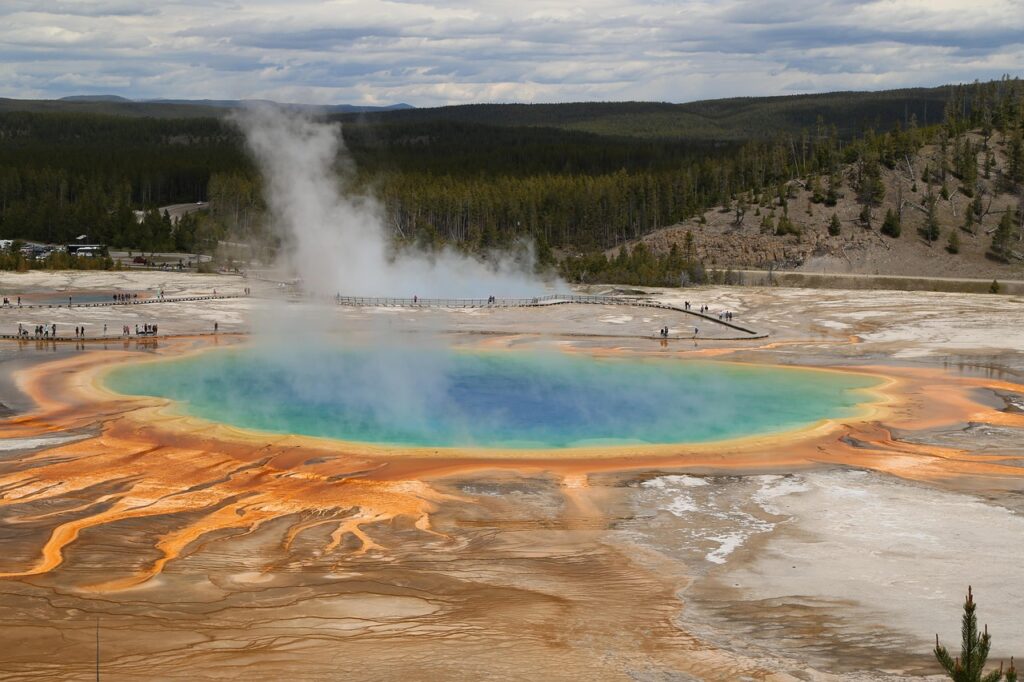
Yellowstone National Park, the first national park in the world, is undoubtedly one of the most iconic parks in the U.S., attracting millions of visitors annually. However, with such popularity comes the challenge of maintaining its pristine beauty. Park rangers often report high levels of pollution, particularly around heavily trafficked areas like Old Faithful, where tourists sometimes disregard rules by tossing trash into geysers or leaving behind waste along pathways. Visitors also tend to gather in large groups, creating a mess in parking lots and along the park’s famous thermal features, such as the Grand Prismatic Spring, which leads to both visual and environmental degradation.
In addition to litter, Yellowstone faces ongoing concerns about the long-term impact of overcrowding. The park’s infrastructure was not designed to handle such a high volume of visitors, which has led to environmental damage in some areas. From soil compaction to damaged plant life, rangers have observed that constant foot traffic in popular spots contributes to the degradation of delicate ecosystems. While efforts to control the number of visitors, such as limiting vehicle access to specific areas and encouraging responsible tourism, are in place, the sheer number of tourists still poses a significant challenge in preserving Yellowstone’s natural integrity.
3. Yosemite National Park
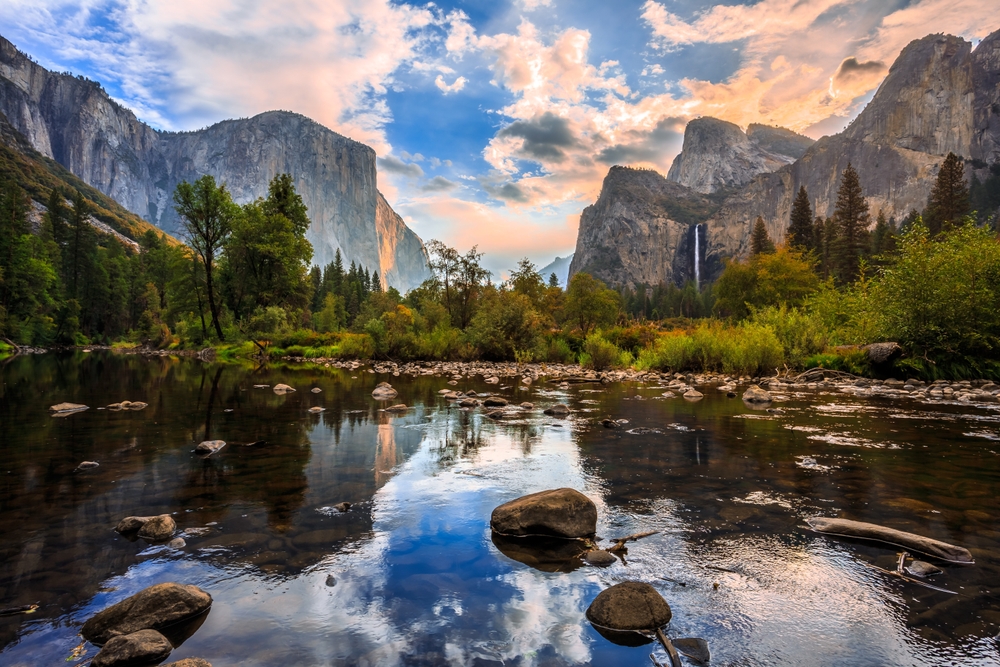
Yosemite National Park is another treasure in the U.S. that struggles with pollution due to its popularity. The park is famous for its stunning granite cliffs, waterfalls, and giant sequoia trees, but park rangers have observed that visitors frequently leave behind trash, especially during peak seasons. Areas like Yosemite Valley experience the most issues, as they receive the highest concentration of visitors. Unfortunately, visitors often forget to properly dispose of their trash, leaving items like food wrappers, plastic bottles, and even larger debris scattered along trails and in campgrounds.
Additionally, the heavy human presence puts immense pressure on the park’s infrastructure, leading to increased waste production and environmental stress. The demand for services, such as waste disposal and restroom facilities, often exceeds the park’s capacity to manage, leading to sanitation problems in some areas. Park rangers have emphasized the importance of adhering to the Leave No Trace principles, not only for waste but also for keeping Yosemite’s natural resources intact. Rangers work tirelessly to educate the public, offering information on how to properly store food to avoid attracting wildlife and how to reduce their ecological footprint while enjoying the park’s remarkable beauty.
4. Grand Canyon National Park
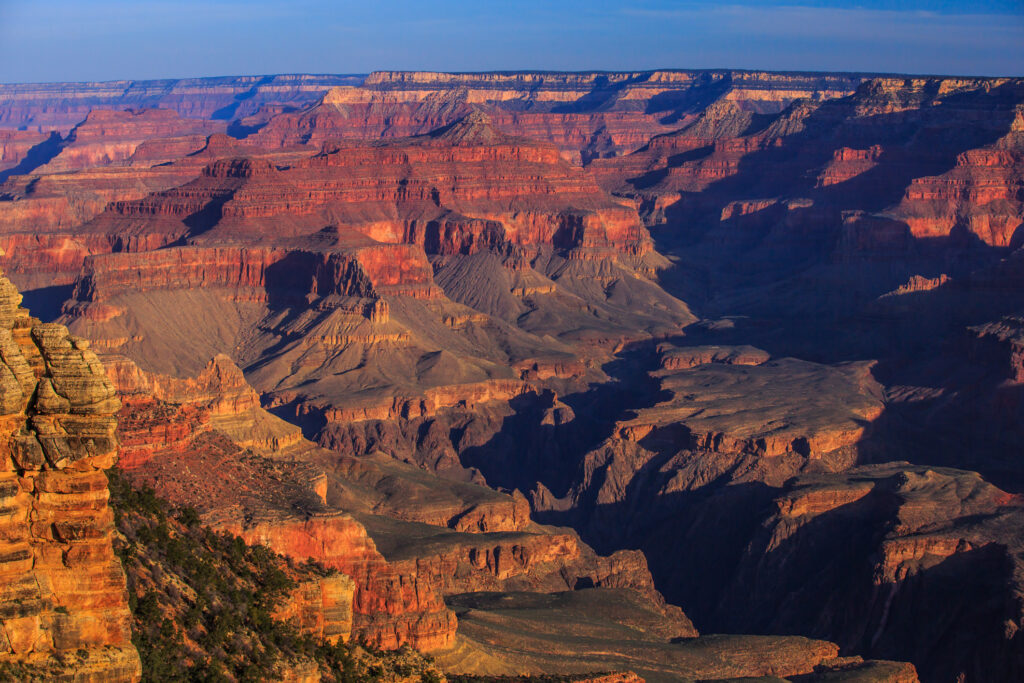
The Grand Canyon is known for its breathtaking views and dramatic landscapes, drawing visitors from all over the world. Unfortunately, the heavy influx of tourists has caused the park to face significant challenges when it comes to keeping the environment clean and safe, according to Grand Canyon Conservancy. The Grand Canyon sees a lot of foot traffic along the rim and in the inner canyon, where hikers sometimes leave litter along popular trails, such as the Bright Angel Trail and South Kaibab Trail. One of the biggest concerns is the waste left behind by visitors who don’t fully understand the impact of their actions on this delicate ecosystem.
The park is also grappling with issues related to overcrowding and resource management. As the number of visitors increases, so does the volume of waste generated. The Grand Canyon has set up programs to manage waste, but park rangers have noted that some visitors do not fully follow these programs, leaving trash in the backcountry and along hiking routes. The park’s remote nature also makes it challenging to provide sufficient waste disposal services in some of the more isolated areas. Park rangers urge visitors to be mindful of their environmental impact and to pack out all waste, no matter where they are in the park.
5. Zion National Park
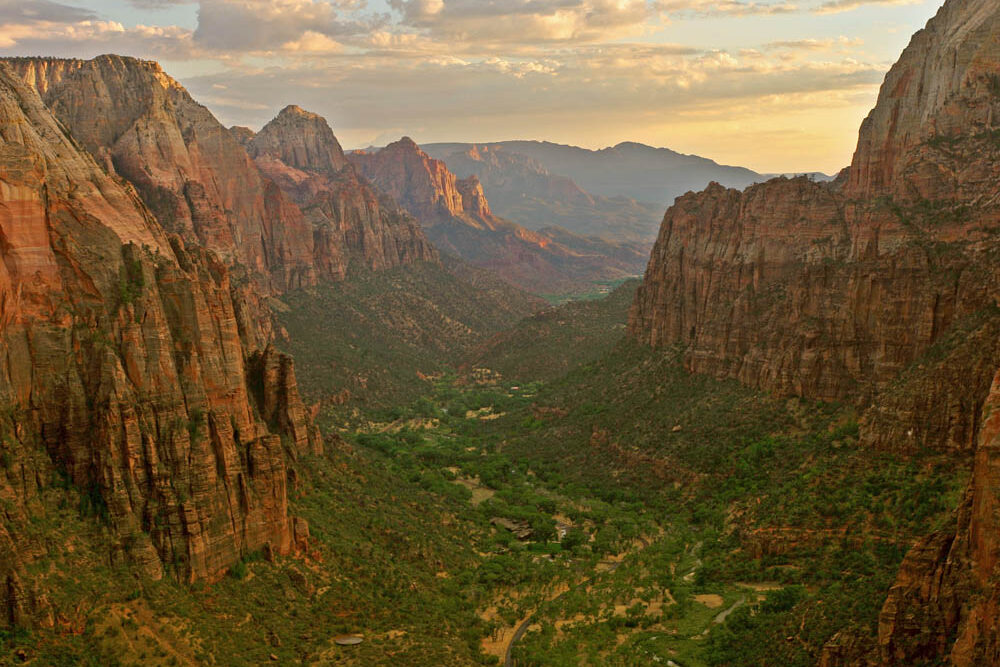
Zion National Park is a favorite destination for outdoor enthusiasts due to its striking red rock formations, canyons, and hiking trails. However, Zion has faced similar challenges as other popular parks when it comes to maintaining cleanliness. In particular, the park’s busier trails, such as Angels Landing, see a large number of hikers who sometimes disregard park rules regarding waste disposal. As with many other parks, this litter issue is compounded by the sheer number of visitors who frequent Zion during peak seasons. While park rangers continuously conduct clean-up operations, the problem persists, and there are concerns over the impact of trash on wildlife and the ecosystem.
Aside from litter, Zion also struggles with other environmental issues, such as air pollution, which has affected visibility within the park and threatened some plant species. Rangers are working hard to protect the park’s natural resources by educating the public on the importance of keeping Zion free of waste. Visitors are encouraged to carry out their trash and to respect wildlife by not feeding animals or leaving food behind, as this can attract animals and disrupt their natural behavior.
6. Acadia National Park
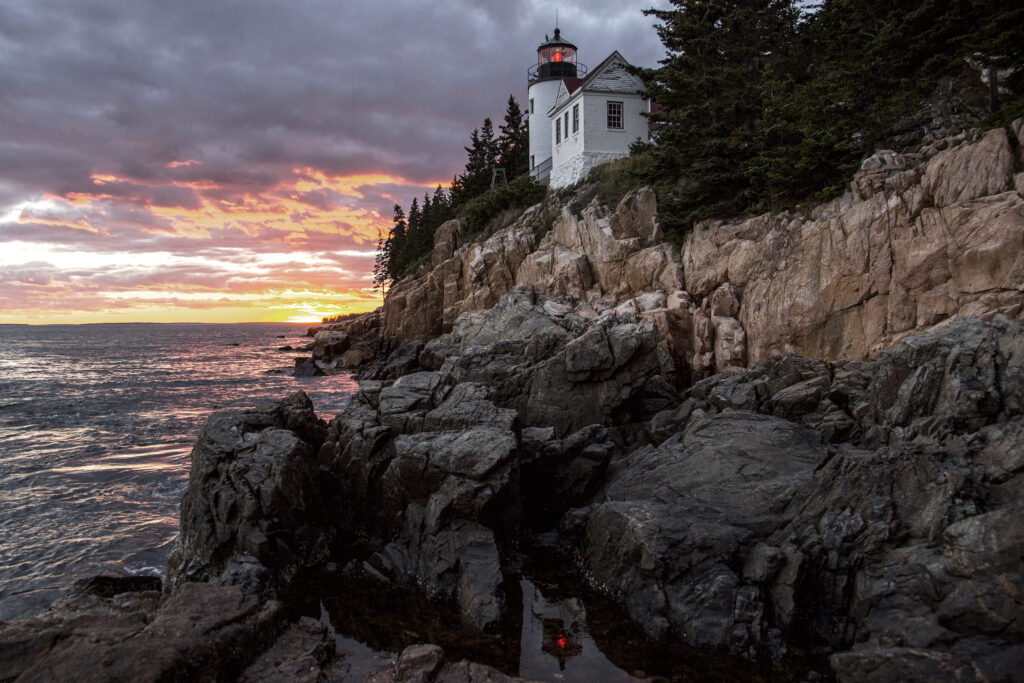
Acadia National Park, located in Maine, is often touted for its pristine coastal views and lush forests. However, the park has faced significant issues with pollution, largely due to its popularity among tourists. Areas such as the park’s Cadillac Mountain, where visitors often park and hike, experience high levels of littering, particularly in the summer months. Park rangers have reported that plastic waste, such as water bottles, food wrappers, and packaging, is often found along the trails and at popular scenic overlooks. This litter not only detracts from the park’s aesthetic appeal but also poses a serious threat to the local wildlife.
In addition to trash, Acadia also deals with problems related to human waste, especially in its more remote areas. Rangers have stressed the importance of using designated restroom facilities and following Leave No Trace practices to minimize the park’s environmental impact. The park’s popularity is expected to grow, which means it is critical for visitors to take responsibility for their surroundings to ensure that Acadia’s natural beauty is preserved for future generations. The park also offers educational programs and initiatives to teach visitors about the significance of keeping the environment clean and supporting ongoing preservation efforts.
7. Rocky Mountain National Park
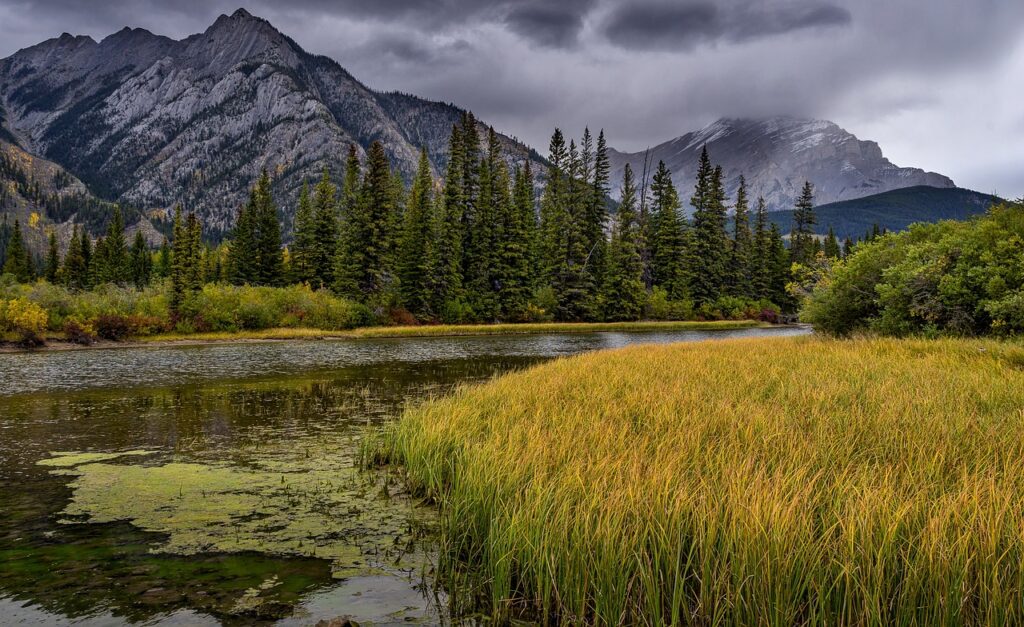
Rocky Mountain National Park is known for its stunning alpine scenery, diverse wildlife, and impressive hiking trails. However, like many popular national parks, the high volume of visitors has led to an increase in pollution and environmental degradation, according to National Parked. Popular areas such as Bear Lake and Moraine Park often see large amounts of trash left behind by tourists, including food wrappers, plastic bottles, and other forms of waste. Rangers have observed that despite numerous efforts to educate visitors about waste management, littering remains a problem, especially in the more heavily trafficked spots.
Another significant issue in Rocky Mountain National Park is the damage caused by overcrowding, which puts strain on both the park’s infrastructure and natural resources. The park has taken steps to manage visitation and minimize its environmental impact, but as the number of visitors continues to rise, it remains a challenge to maintain the park’s pristine beauty. Park rangers urge visitors to respect the park’s rules and take steps to reduce their ecological footprint, such as packing out trash, using designated trails, and avoiding creating unnecessary environmental damage.
1. Channel Islands National Park

Channel Islands National Park is often considered one of the most pristine national parks in the U.S., and for good reason. Located off the coast of Southern California, the park comprises five islands that are only accessible by boat or small plane, according to the National Geographic. This remote nature has helped preserve the park’s natural beauty and minimized human impact. Rangers are dedicated to maintaining the park’s pristine condition by carefully managing visitation and ensuring that visitors follow strict guidelines to protect the environment. The isolation of the islands has played a major role in preventing the kinds of pollution and overcrowding seen in other parks.
The park is a haven for wildlife, including rare species of birds, seals, and marine life. Rangers have worked hard to protect these species by limiting the number of visitors and carefully regulating their activities. Visitors to Channel Islands National Park must follow stringent Leave No Trace principles, and this has helped maintain the park’s untouched landscape. The crystal-clear waters and unique ecosystems are preserved in large part due to the park’s dedication to conservation and the cooperation of visitors who are respectful of the fragile environment.
2. Everglades National Park
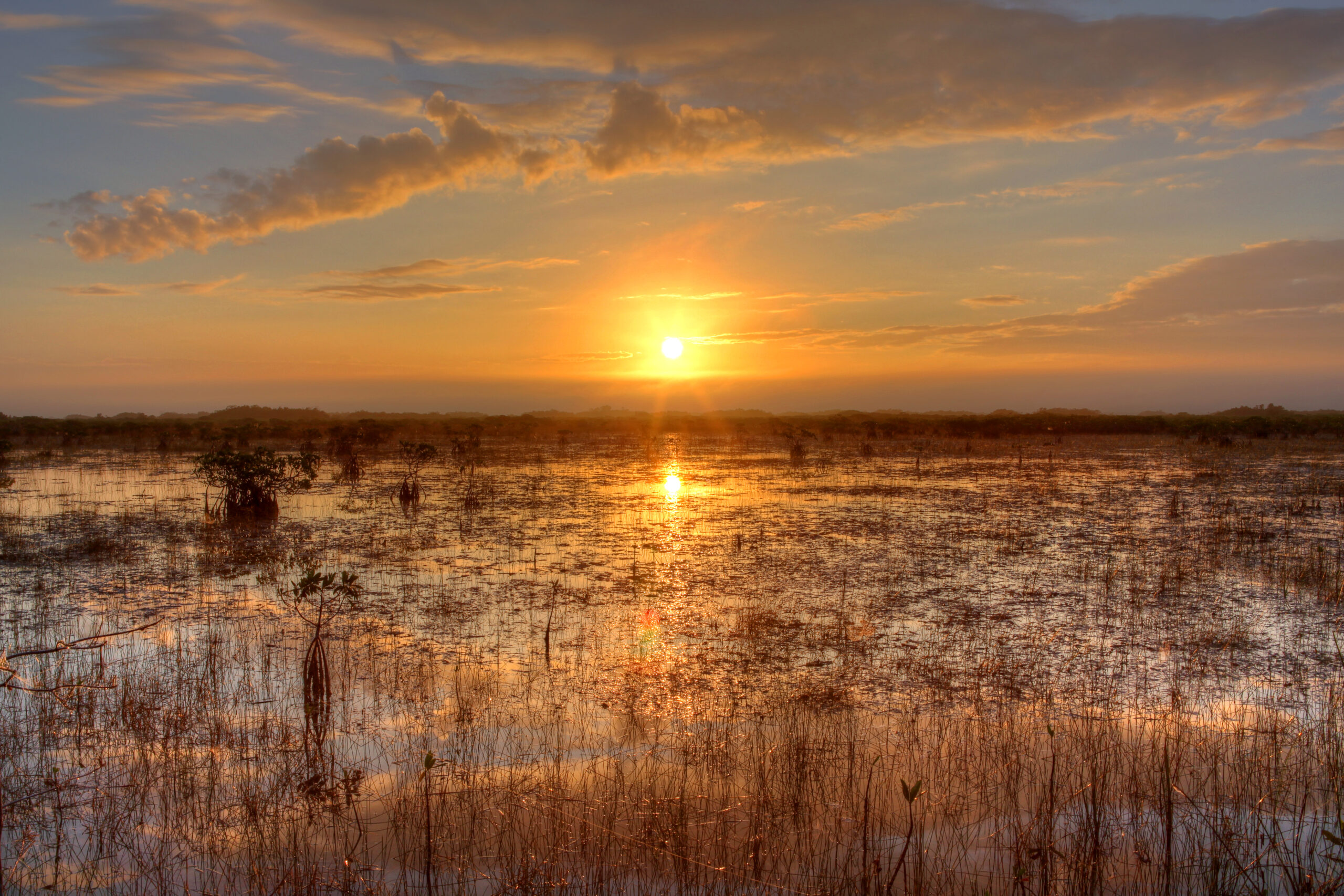
Everglades National Park is another pristine gem, offering an incredibly diverse and unique ecosystem. The park is home to rare species like the Florida panther and the West Indian manatee, and the park’s rangers are committed to protecting these endangered species and the broader environment, according to National Geographic. Due to the remote location and the park’s protection status, the Everglades remains one of the cleanest national parks in the U.S. Rangers emphasize the importance of respecting the park’s wetlands and wildlife habitats, and visitors are encouraged to explore the park with minimal impact.
One of the key factors in preserving the Everglades’ pristine state is the park’s relatively low levels of human traffic compared to other national parks. While the park does see tourists, it has been less affected by the pressures of overcrowding. Rangers work to ensure that visitors stay on designated paths and avoid disturbing the natural wildlife. This careful management, combined with strong conservation efforts, has helped keep the Everglades as one of the least polluted national parks in the U.S., preserving its natural beauty and biodiversity for generations to come.
3. Denali National Park
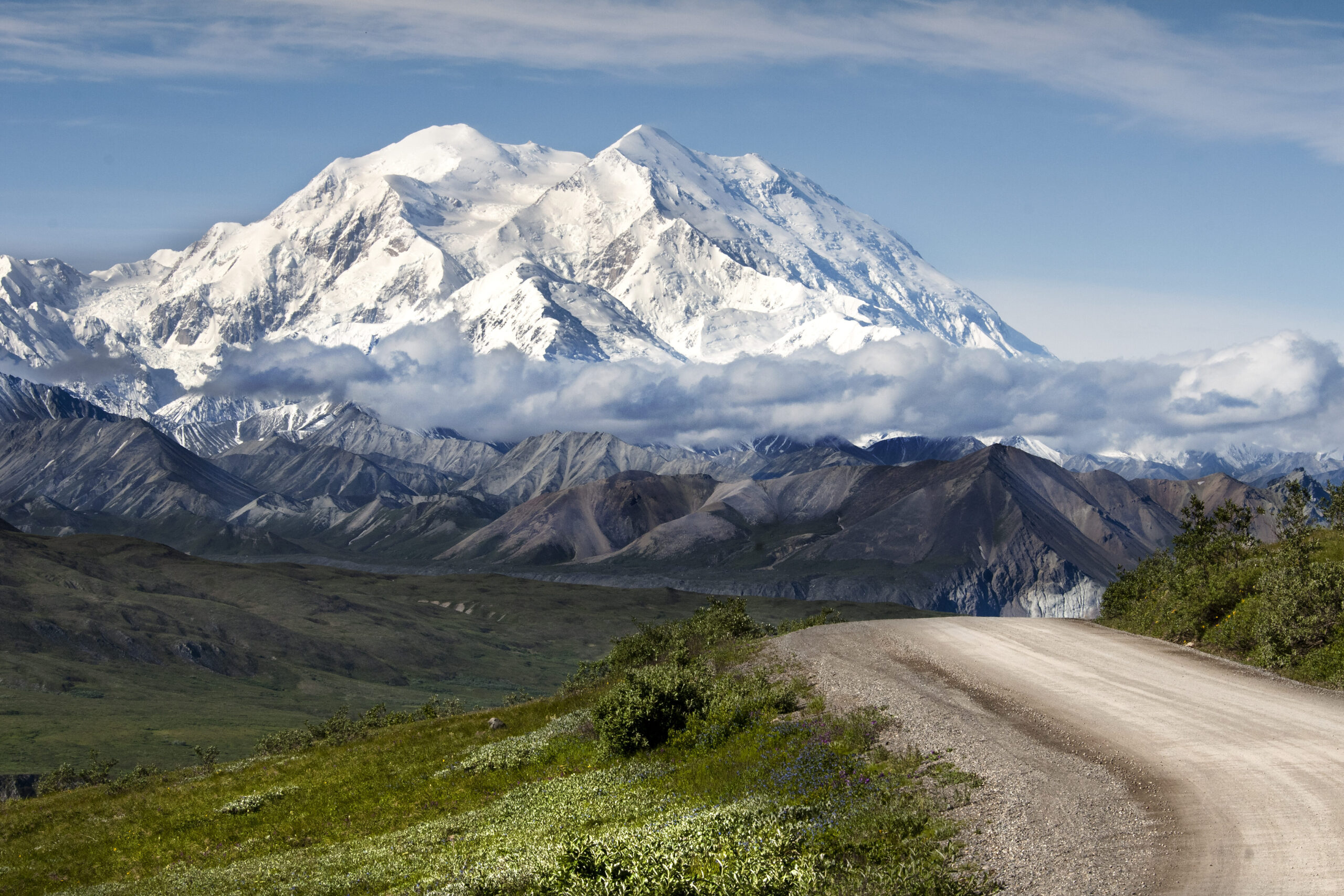
Denali National Park, located in Alaska, is known for its towering mountains and vast wilderness. The park is far less accessible than others, which has helped preserve its pristine condition. Rangers are vigilant about protecting the natural environment, and strict guidelines help minimize human impact. Denali is one of the best places to experience untouched wilderness, and its remote location ensures that pollution is kept to a minimum. Visitors are encouraged to keep their environmental footprint small and follow Leave No Trace principles.
Because of Denali’s rugged terrain and challenging accessibility, the park remains one of the cleanest national parks in the U.S. Visitors are required to stay on marked trails and avoid disturbing wildlife, and the park has very few human-made structures. Rangers play a vital role in maintaining the park’s pristine state, and their efforts have been highly successful in keeping Denali’s wilderness relatively untouched by the effects of mass tourism. The park’s remoteness, combined with careful management, makes it one of the most well-preserved national parks in the country.
4. Great Sand Dunes National Park
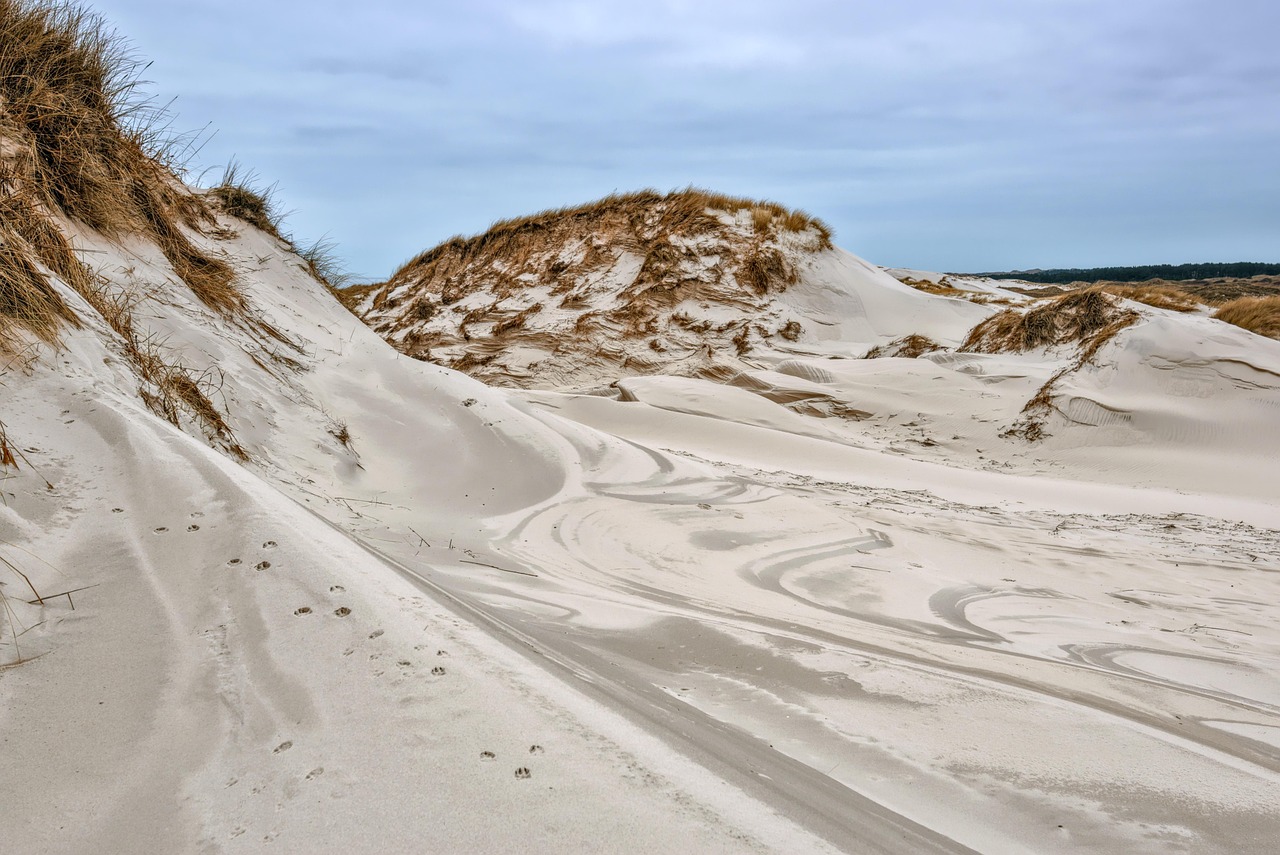
Great Sand Dunes National Park, located in Colorado, is known for its dramatic landscapes and unique sand dunes, which rise over 700 feet high. The park’s remote location and limited access help keep it clean and free from significant pollution. Rangers work to ensure that visitors follow guidelines designed to protect the delicate ecosystem, including the sand dunes and surrounding wetlands. The park has become a model for how to balance tourism with conservation, and the sand dunes themselves are one of the most remarkable natural features in the U.S.
Despite being a popular destination for outdoor enthusiasts, Great Sand Dunes National Park has managed to preserve its pristine beauty thanks to the efforts of park rangers and the cooperation of visitors. The park’s remote setting and the difficulty of navigating the sand dunes limit the impact of human presence. Rangers have also set up educational programs to teach visitors about the importance of preserving the park’s natural features, ensuring that it remains a clean and beautiful destination for years to come.
5. Joshua Tree National Park
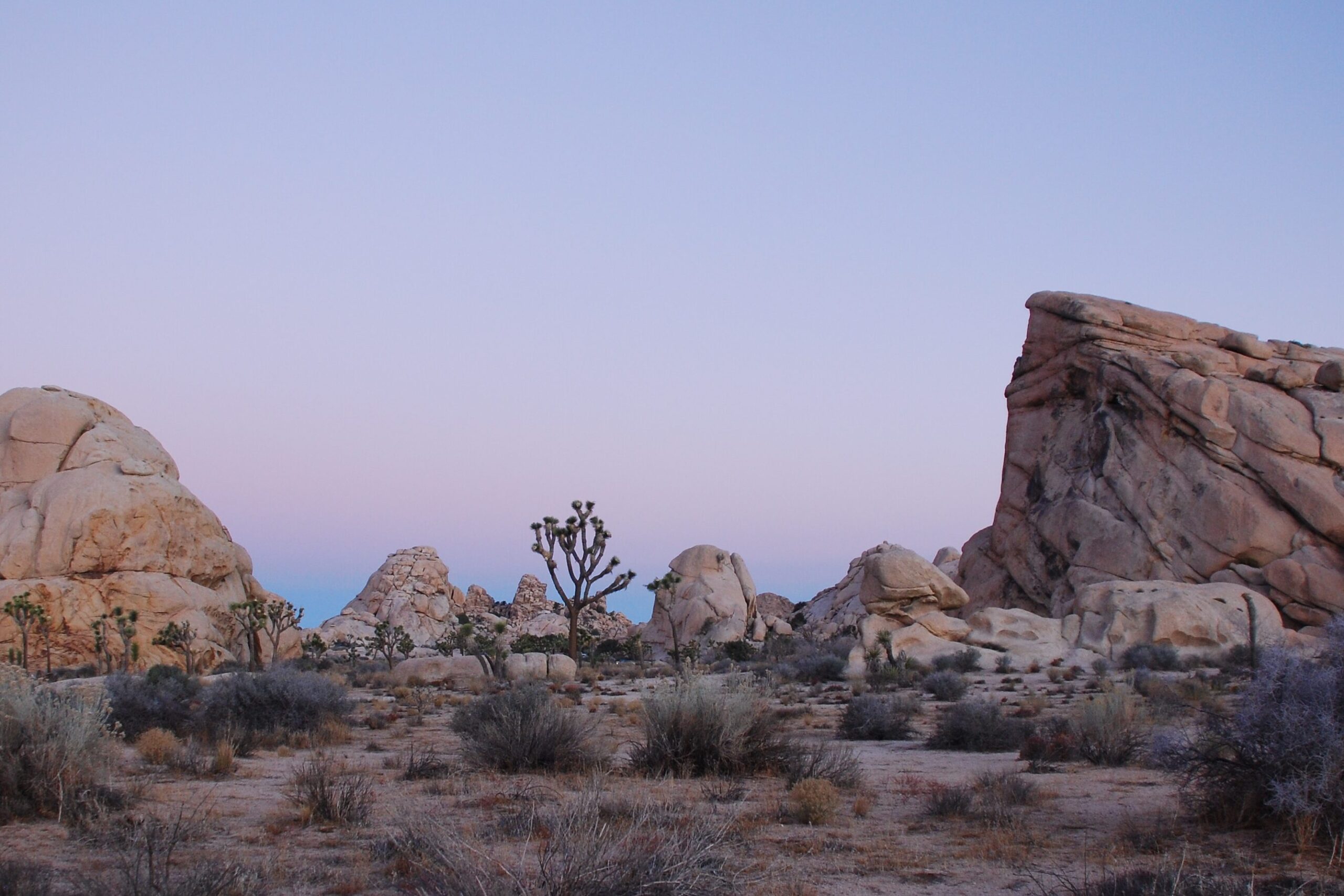
Joshua Tree National Park, located in California, is another pristine gem, known for its otherworldly landscape of twisted Joshua trees and unique rock formations. The park is carefully managed to maintain its natural beauty, and visitors are encouraged to explore responsibly. Rangers work hard to keep the park clean, and the low levels of development in the park contribute to its pristine condition. The park is far less crowded than others, and its remote nature has helped keep it largely untouched by pollution and waste.
In addition to its clean environment, Joshua Tree is home to diverse wildlife and plant species, many of which are found nowhere else. Park rangers are dedicated to preserving the park’s natural resources and educating visitors about the importance of conserving the desert ecosystem. By limiting development and promoting responsible tourism, Joshua Tree National Park has maintained its status as one of the most pristine parks in the U.S., offering visitors a chance to connect with nature in an almost untouched setting.
6. Mount Rainier National Park

Mount Rainier National Park in Washington State is renowned for its stunning mountain views, glaciers, and lush forests. The park is incredibly well preserved, in large part because of the commitment to conservation efforts by park rangers and the relatively low number of visitors compared to more popular parks. Rangers enforce strict regulations to protect the park’s pristine state, ensuring that trails stay clean and that visitors respect wildlife. The park’s remote setting, combined with strong management, has kept it free from the pollution and overcrowding issues that affect other parks.
Rangers work tirelessly to ensure that Mount Rainier remains a natural sanctuary for both plants and wildlife. Visitors are asked to stay on designated trails to minimize damage to the delicate ecosystems, and Leave No Trace principles are heavily promoted. The park’s commitment to conservation and the respectful behavior of its visitors have helped keep Mount Rainier National Park one of the most pristine and beautiful places in the U.S.
7. North Cascades National Park
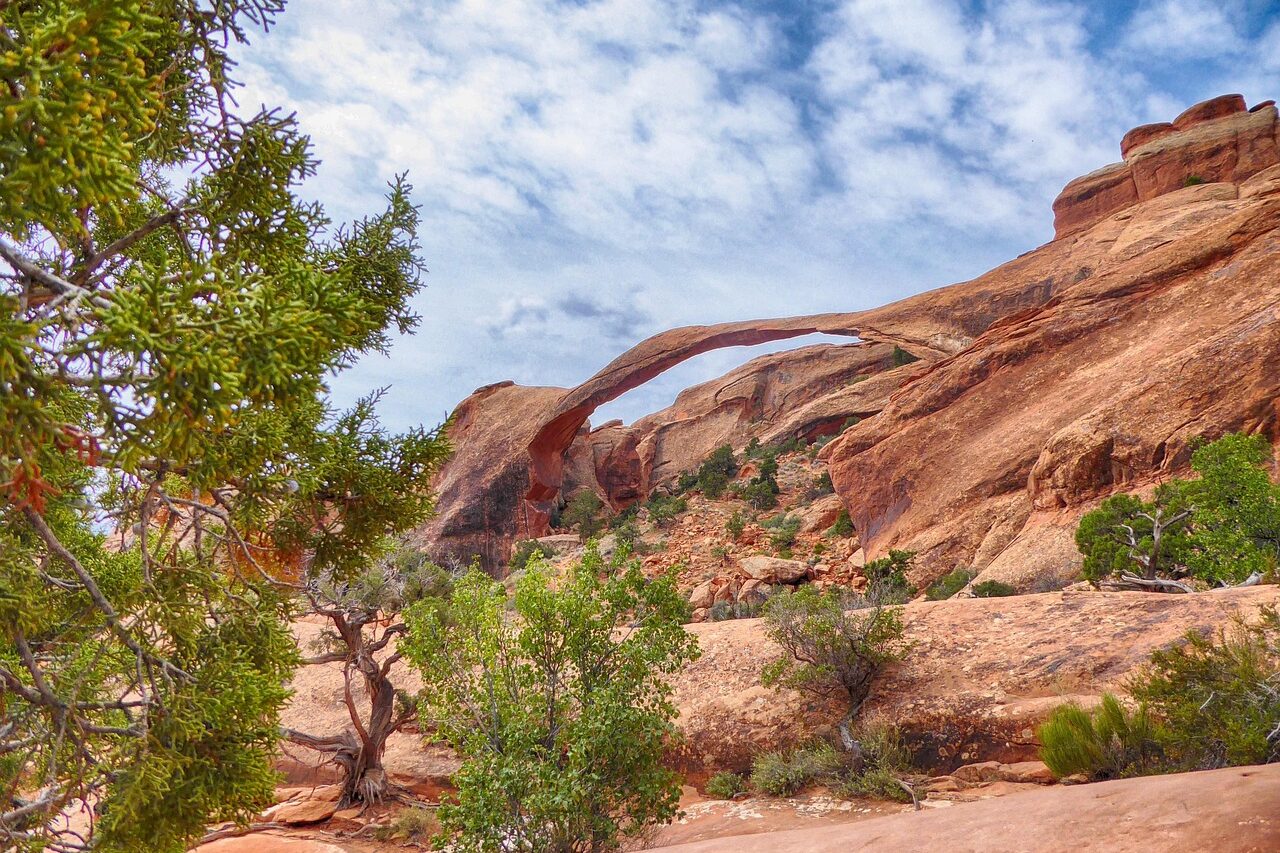
North Cascades National Park, located in Washington State, is a hidden gem that offers some of the most breathtaking wilderness in the U.S. The park is relatively unknown compared to others, which has helped preserve its pristine condition. Rangers are dedicated to protecting the park’s rugged landscape, and because the park sees fewer visitors, there is less strain on its environment. The park is home to glaciers, Alpine lakes, and dense forests, and park rangers work to ensure that visitors leave no trace of their presence.
The remote nature of North Cascades helps maintain its cleanliness, and the park’s commitment to low-impact tourism has allowed it to remain one of the most pristine parks in the U.S. Rangers focus on educating visitors about the importance of conservation and provide guidelines to help minimize human impact on the park’s ecosystems. By limiting development and encouraging responsible behavior, North Cascades National Park remains a pristine wilderness area, offering visitors a truly immersive natural experience.


